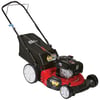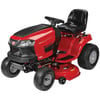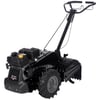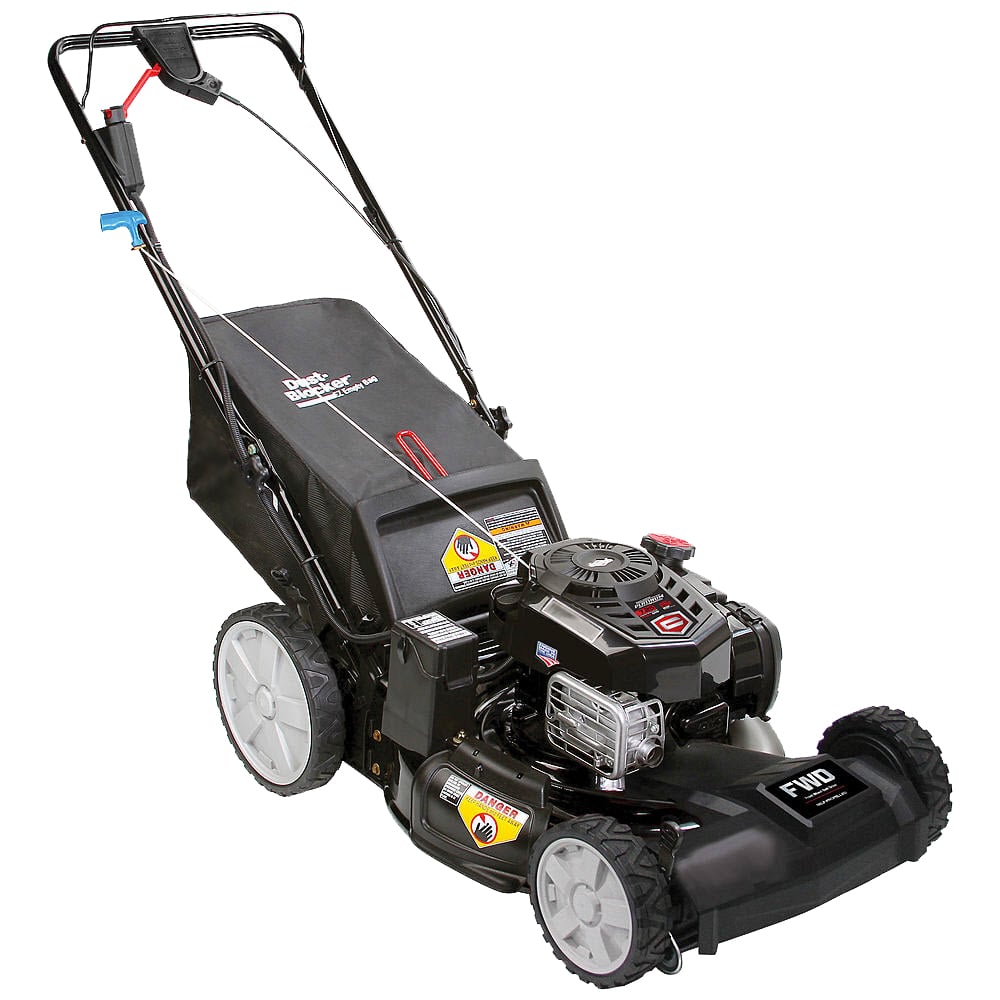From riding mowers to walk-behind lawn mowers and tillers, Rally equipment is designed to make your residential chores easy and efficient. Ninety-four percent of Americans prefer to mow their own lawns rather than hire a service. With so many people handling their own pieces of equipment, it's important to get familiar with aspects of troubleshooting and repairing in case your Rally machine malfunctions.
More Rally product parts
| Rally riding mowers & tractors Parts |
| Rally tillers Parts |
| Rally walk-behind mowers Parts |
We carry parts for these popular Rally models
Common Rally equipment problems that you can fix
- Your riding mower has a flat tire—Even though your Rally riding mower tires are designed to be durable, it’s possible to encounter an occasional flat tire. Find the leak—the location where an object such as a screw or nail has punctured the tire—and repair the tire. You can fix many flats by filling the tire with sealant. Drive the mower around for a few minutes to spread the sealant evenly.
- Your riding mower isn't cutting grass evenly—If the mower isn't cutting grass evenly and the patterns resemble slanted stair steps, then you may need to lower the mower deck and inflate the tires to the manufacturer’s recommendation.
- Your garden tiller engine is leaking oil or gas—If the engine of your Rally tiller leaks gas, then reconnect the fuel line if it's loose. If it leaks oil, then check the engine gaskets and replace gaskets that leak oil.
- Tiller wheels don’t turn but the tines do—If the tines of your garden tiller turn but the wheels don’t, then you may alleviate the issue by simply adjusting the clutch cable.
- Your walk-behind lawn mower vibrates too much when running—If your walk-behind lawn mower vibrates too much when running, then tighten the blade bolt if it's loose. Moreover, the vibration could indicate that it's time for a tune-up. This will prevent potential engine wear and improve your mower’s efficiency.
In scenarios where these solutions don't restore your Rally appliance, it's possible that you may need to replace a part that has stopped working.
Replace malfunctioning Rally equipment parts
- Riding mower mandrel assembly—If your riding mower no longer cuts grass, then it could be beneficial to replace the mandrel assembly, which spins the blades that cut grass. Before attempting to replace the mandrel assembly, let the engine cool and disconnect the spark plug. Remember to wear work gloves to protect your hands.
- Riding mower battery—If your riding mower won’t start and doesn't make any noise when you attempt to start it, then it may be time to replace the battery. Sometimes, you may need to replace the battery even if the mower starts, such as when it loses charge too quickly after recharging.
- Tiller tine shaft clevis pin—The clevis pin attaches to the rotating tine shaft and protects the engine when the tines encounter rough obstacles. Replace the tine shaft clevis pin if the tines of your tiller don’t turn but its wheels spin. You will also need to replace the clevis pin if it bends or breaks.
- Tiller transmission—Replace the tiller transmission if the wheels turn but the tines won’t spin. Internal gear malfunctions in the transmission can prevent the tines from turning. Replace the transmission if it no longer drives the tines.
- Lawn mower carburetor—A clogged carburetor can prevent your walk-behind lawn mower from starting. If cleaning this component doesn't fix the problem, then replace the carburetor. It's often more efficient to replace the carburetor rather than attempting to rebuild it.



